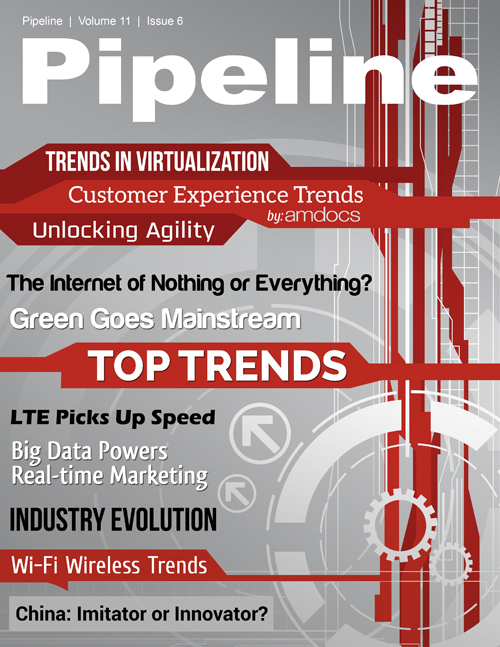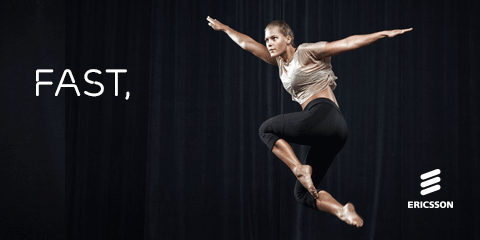The Evolution of the Integrated Communications & Entertainment Technology Marketplace
By: Jesse Cryderman

Believe it or not, the smartphone revolution is only about seven years old.
It kicked off in 2007 with Apple’s prescient slogan, “This is only the beginning”, and the release of the first iPhone, which pulled smartphones as a whole out of the geek toy box and into the realm of mass-market acceptance, changing the world as a result.
Smartphones combined the power of the PC with cellular connectivity, creating an always connected society with an ever-increasing appetite for data, media and interaction. Voice telephony, the traditional service provided by the phone company, quickly took a back seat to mobile data (and the management headaches that came with it). These changes happened so fast that operations support systems (OSS) and business support systems (BSS), the traditional enablement mechanisms used by communications service providers, now need to transform to meet CSPs’ dynamic, growing needs and the advent and evolution of new services and applications.
The model has been substantially revised, and the old categories just don’t fit anymore, forcing new ones to be created. While OSS and BSS still have their place in the front and back offices as well as on the network, a different breed of communications technology is required to contend with the new networks, data, traffic, services, applications, and interoperability that are at the forefront of today’s communications and entertainment industry. Enter Communications and Entertainment Technology - the next generation of technology designed to help CSPs capitalize on these emerging opportunities that are transforming their business.
About Ericsson
Ericsson provides industry-leading OSS/BSS solutions and professional services, based on the deepest and broadest experience in the business. With the agility to help you realize your tomorrow today, our solutions and services are helping operators around the world succeed in the Networked Society. This means being fast, flexible and in control, delivering great experiences to consumers, operating efficiently and developing innovative new offerings for a diversifying market. In a world where mobile, broadband and the cloud are fueling a fundamental transformation, managing the subscriber lifecycle and experience will become even more important and challenging. Look to Ericsson to support your modernization and integration efforts across the full OSS/BSS landscape. www.ericsson.com/ossbss
Telecom has evolved
The modern telecommunications service landscape offers many examples of how and why the terms OSS and BSS are reaching their expiration date. In a nutshell, the landscape that traditional OSS and BSS were created to serve has primarily switched from voice telephony to a digital-services economy that happens to include voice but also features other billable services and innumerable service permutations. During this transition everything has become more complex: from devices, access and competition to services and the very organizations themselves. Companies such as Microsoft have been deemed service providers while traditional telecom companies, like BT or Verizon, have also become an over-the-top (OTT) players. And the fact of the matter is both labels are essentially true.
The tectonic plate of telecommunications shifted dramatically when it moved from just POTS (Plain Old Telephone Service), to wireless around 1995, and since then it’s exploded to include tablets and machine-to-machine (M2M) devices. The sheer number of devices under management has spiked, and will further ramp up as M2M technology continues to proliferate. Even the communications capabilities of the devices have changed—what was once just wireless voice now includes applications and file and data sharing via Bluetooth, Wi-Fi and near-field communication (NFC) between M2M devices like healthcare sensors, smart posters, wristwatch displays, and much more—and it will continue to change.
Meanwhile, access technologies are rapidly changing too, from landline to macro towers to the heterogeneous networks (HetNets) of the future that will utilize large numbers of small cells and Wi-Fi offload. In fact, the number of small cells was expected to outnumber that of macro cells by the end of last year, and Nokia Networks predicts that 80 percent of sites will be small cells by 2020. More and more, CSPs are turning to software-controlled, self-organizing networks (SONs) to manage the increased complexity.




















